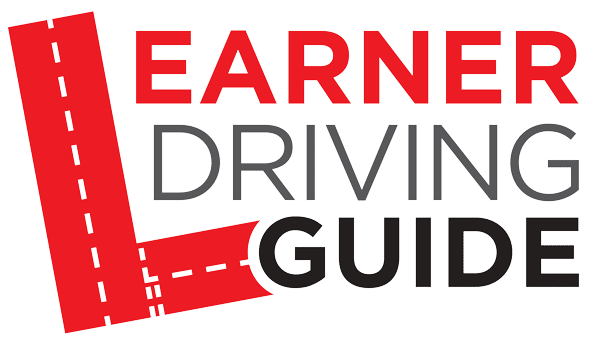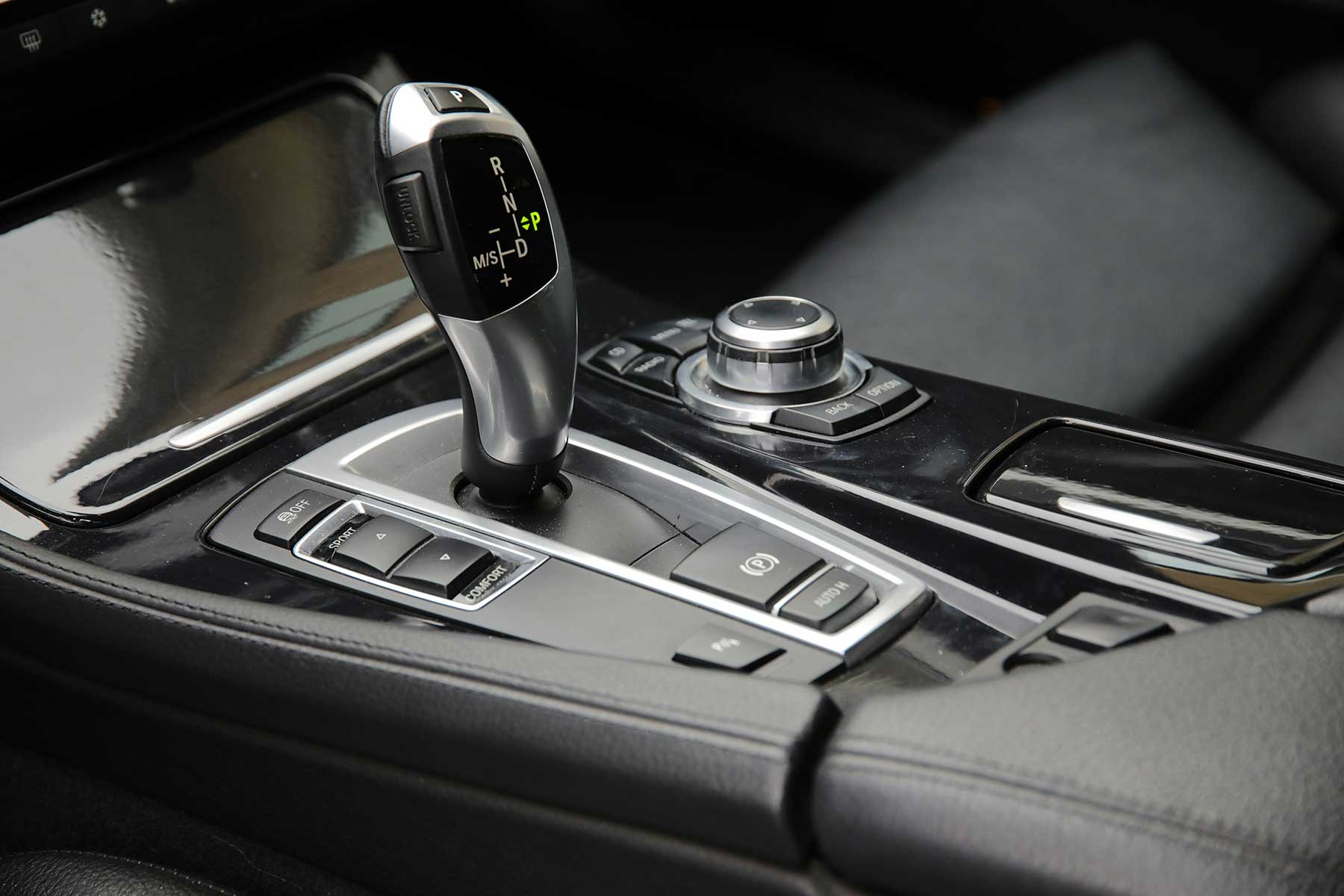Even if automatic driving lessons get a reputation as being easier, learner drivers still find themselves making mistakes, it’s all part of learning. From speeding to tailgating, it’s so easy to make driving errors as a beginner in an automatic car.
In this blog post, we’re going to help you avoid the most common learner/new driver mistakes when driving automatic cars.
Speeding
In 2022, speeding played a role in 29% of all traffic fatalities, resulting in the deaths of 12,151 individuals. On average, this equates to over 33 lives lost per day.
As a new driver, it’s important to always be aware of the speed limit. Be familiar with the speed limit legally allowed where you drive. Stay within this speed limit for your own safety and that of others. While driving, observe all the road signs that tell you the speed limit.
It’s not enough to follow the old advice ‘match the speed of the car next to you’ because you could catch yourself speeding. Make it a habit to check on your speedometer every now and then to ensure you’re driving at the right speed.
Remember to adjust your speed according to road conditions to ensure safe driving.
Don’t Get Distracted
Stay focused on the road ahead and do not text, eat, smoke or adjust the radio while driving. If you need to take an important call, look for driving bays that allow you to pull up and stop for a while.
Also be sure to limit the number of passengers in your vehicle, especially as a new driver, to minimize distractions and maintain focus on the road.
Maintain awareness of your surroundings instead of solely focusing on distant objects, too far ahead. While you should anticipate the road ahead and its potential hazards, be aware that most road accidents happen between cars near each other, not with the ones a mile away.
Don’t Neglect Blind Spots
Always double check your blind spots before changing lanes or making turns to avoid collisions with other vehicles.
Avoid getting into danger with blind spots by being aware of what’s going on beside and behind you. An additional step to safety is adding ancillary mirrors specifically for blind sides.
Use your indicators correctly
Signal your intentions to other drivers by using your indicators when turning or changing lanes, in good time – not at the last minute.
Don’t assume that other drivers will always indicate, be patient, assess the situation and give way where appropriate as you follow traffic rules correctly.
Maintain proper distance
Keep a safe, legal distance from the vehicle in front of you to allow for ample reaction time in case of sudden stops – for any number of reasons. Do not tailgate under any circumstances – for you own safety and for that of others.
Don’t drink and drive
Never get behind the wheel after consuming alcohol or drugs, as impaired driving can have severe, even lethal, consequences.
If you’re going to an event where drinking will be involved, plan a ride home in advance. Never assume that you’re going to be okay driving while intoxicated, you could lose your life or kill someone else – it’s just not worth the risk.
Know your car
Ensure you’re familiar with the vehicle you’re driving, including all its controls, before hitting the road.
Only drive a vehicle that you are licensed to drive on – to prevent harm to you and other drivers.
Avoid driving while fatigued
Avoid driving when you’re tired or sleepy, as it can impair both your reaction time and decision-making skills.
Some new drivers think they can shrug off exhaustion and be okay on the road, it always ends up a very dangerous assumption.
If you need to, pull over somewhere safe and rest for a while, get some coffee or suitable refreshment.
Don’t overcompensate for mistakes
If you make a mistake on the road, what you do next will matter.
Stay calm and avoid overreacting to errors while driving, as it can lead to further complications.
Advanced driving lessons for new drivers – can help you retain your presence of mind even if you make a mistake. Much of really learning to drive takes place once you have passed your test and your ‘L’ plates are off – confidence will come with experience.
Keep Your Emotions in Check
Don’t let your emotions take over while driving and avoid aggressive behaviors like road rage.
Try not to take another driver’s actions personally. Practice breathing exercises when you find yourself being subject to overwhelming emotions while driving. Pull over somewhere safe if you need to bring back your presence of mind.
Stay calm and composed while driving, for example at traffic lights try to avoid stalling your vehicle and causing delays for yourself and other drivers. If you do stall, don’t panic; turn off the engine, take a breath and then start again.
Allow Enough Space
When driving, give yourself ample space and time to switch lanes safely, without cutting off other drivers. It’s ideal to always have a decent space for safety to act as a buffer for protection.
When parking, take your time to assess parking spaces accurately to avoid collisions or difficulties maneuvering in and out. Try to create a considerate distance between you and other vehicles while you’re parking. Always park legally and secure your vehicle safely
Be A Better Driver with the Learning Driving Guide
It’s only natural to want to be more confident when you first get hold the wheel. Learning to drive takes time, to build confidence and gain experience.
While you should never rush your learning journey, you can save time and money by using the Learner Driving Guide. Our professional video driving lessons with expert commentary, as well as our diagrams and step-by-step instructions will teach you the whole DVSA syllabus from start to finish and help you prepare in advance of your on the road practice and allow you to review afterwards.
The multi-camera angle videos in Learner Driving Guide can help you navigate your adventure as a learner or new driver with easy-to-follow, accessible lessons you can learn in your own time, at your own pace. Become a safe, confident driver for life with the Learner Driving Guide.




